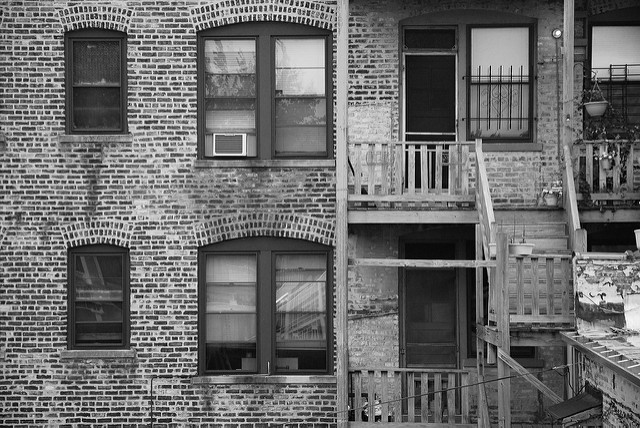
Chicago wrote an autobiography and called it the wood back porch. The city’s long history in the lumber industry explains the use of wood, and its even longer history of trying to keep people safe from fires—specifically a building ordinance requiring a second exit in every household—explains the porches’ ubiquity. Wood porches doubling as fire escapes—ironic, right?
There’s also structural and social topography: From below, the porches rise like mountains, up which you carry your sofa, avoiding the narrow front stairs. There you meet your new neighbors—that day and every day after. The back porch is an equalizer. Not all Chicagoans have the luxury of living in a lake-view tower, but the wood back porch serves as the proletariat version of the 15th-floor terrace.


